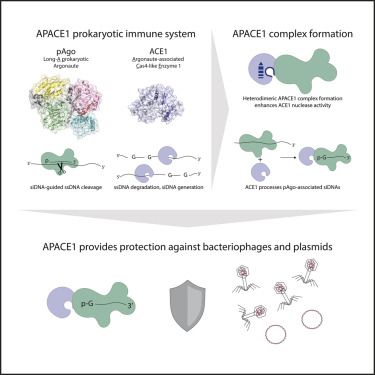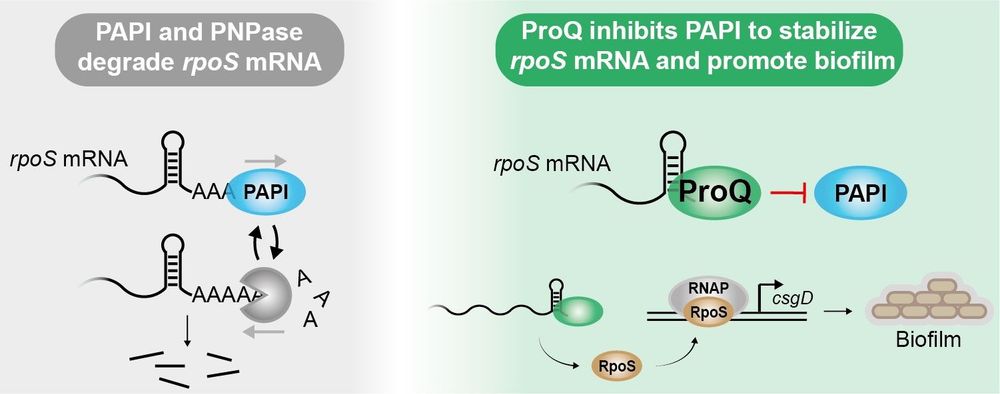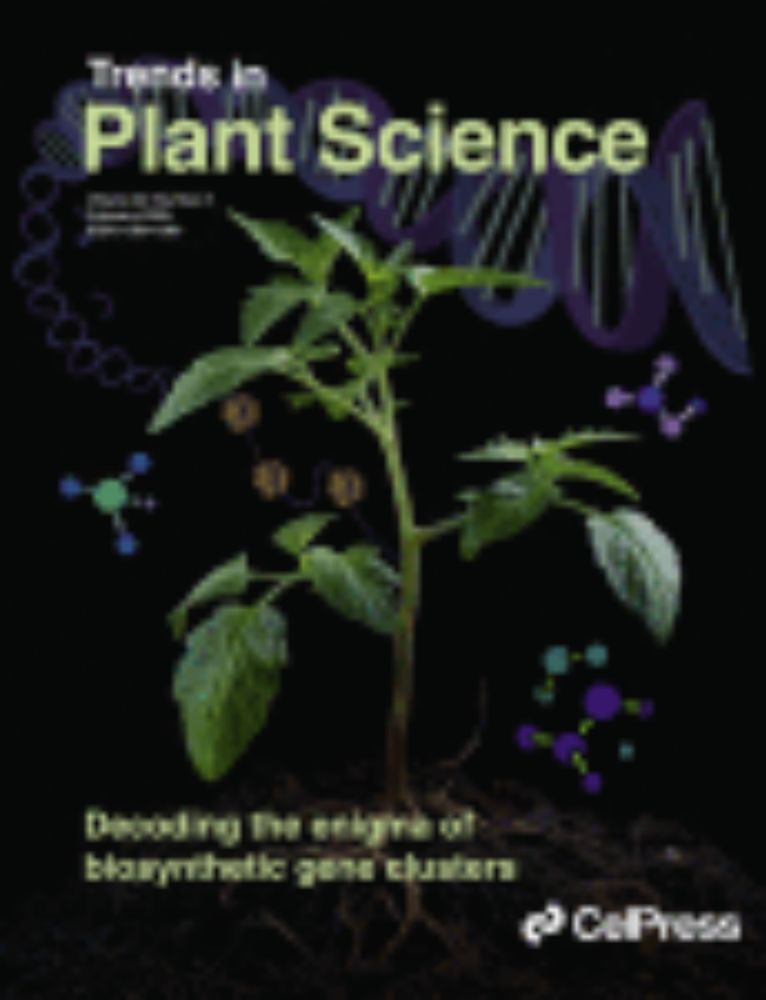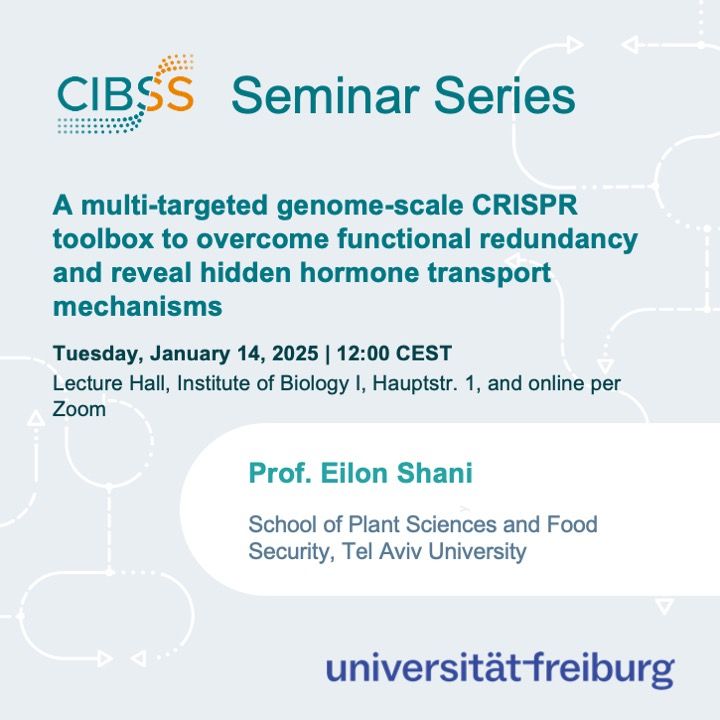Wolfgang Hess
@cyanolab.bsky.social
450 followers
170 following
43 posts
Interested in comparative & functional microbial genomics, RNA biology, native CRISPR systems, cyanobacteria, plant evolution & regulation of photosynthesis
Posts
Media
Videos
Starter Packs
Wolfgang Hess
@cyanolab.bsky.social
· Jun 26
Wolfgang Hess
@cyanolab.bsky.social
· Jun 26
Wolfgang Hess
@cyanolab.bsky.social
· Jun 26
Wolfgang Hess
@cyanolab.bsky.social
· Jun 26
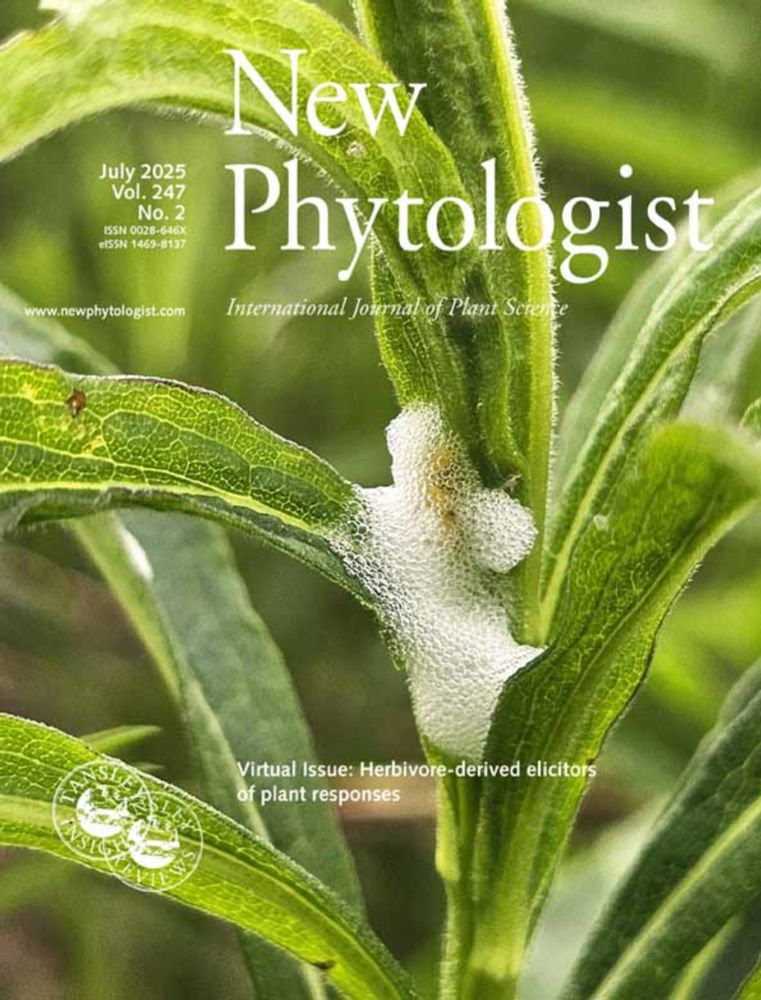
Inorganic carbon levels regulate growth via SigC signaling cascade in cyanobacteria
Cyanobacterial growth depends on inorganic carbon (Ci; CO2 and bicarbonate) concentration, but mechanism(s) adjusting photosynthesis and growth according to Ci remain unclear. ΔrpoZ cells lacking th...
nph.onlinelibrary.wiley.com
Wolfgang Hess
@cyanolab.bsky.social
· Jun 23

Evidence for a CO2‐concentrating mechanism in the model streptophyte green alga Chara braunii
Oxygenic photosynthesis in streptophytic algae, such as Charophyceae, is often impeded by low CO2 levels in aquatic habitats. Consequently, many algal groups evolved a CO2-concentrating mechanism (C...
nph.onlinelibrary.wiley.com
Wolfgang Hess
@cyanolab.bsky.social
· Jun 23
Wolfgang Hess
@cyanolab.bsky.social
· Jun 23
Reposted by Wolfgang Hess
Reposted by Wolfgang Hess
Wolfgang Hess
@cyanolab.bsky.social
· Mar 3
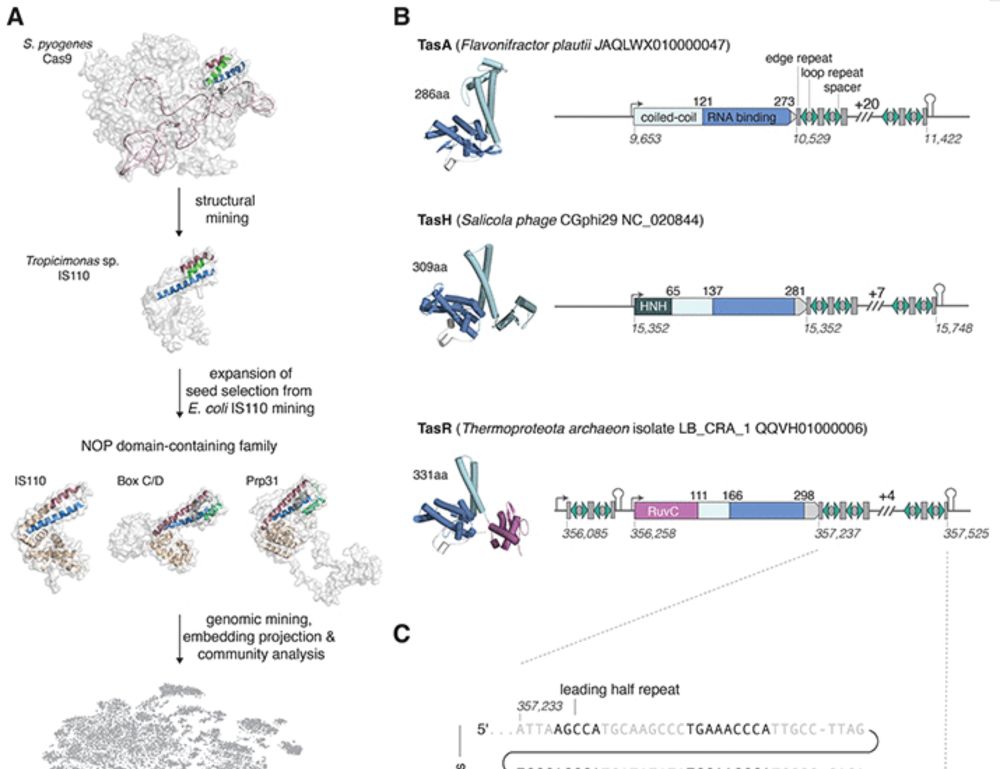
TIGR-Tas: A family of modular RNA-guided DNA-targeting systems in prokaryotes and their viruses
RNA-guided systems provide remarkable versatility, enabling diverse biological functions. Through iterative structural and sequence homology-based mining starting with a guide RNA-interaction domain o...
www.science.org
Reposted by Wolfgang Hess
Reposted by Wolfgang Hess
ᐯIᑕTOᖇ ᑎIᘔET, ᗰᗪ
@nizet.bsky.social
· Jan 25
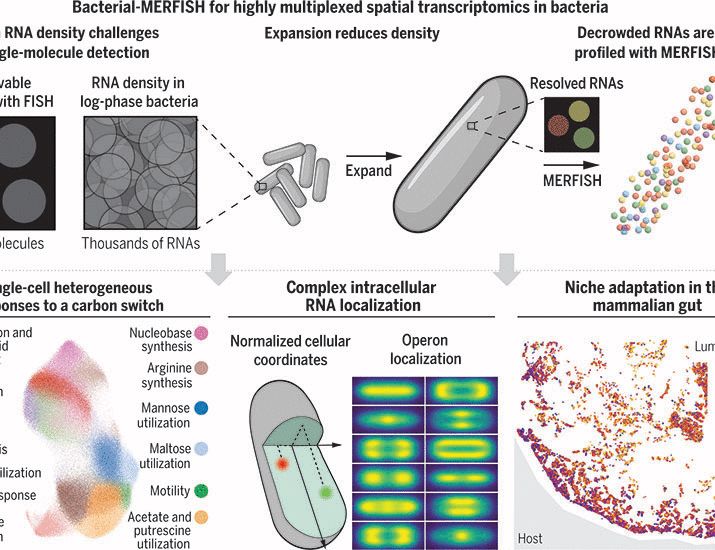
Highly multiplexed spatial transcriptomics in bacteria
Single-cell decisions made in complex environments underlie many bacterial phenomena. Image-based transcriptomics approaches offer an avenue to study such behaviors, yet these approaches have been hin...
www.science.org
Wolfgang Hess
@cyanolab.bsky.social
· Jan 26
Wolfgang Hess
@cyanolab.bsky.social
· Jan 26
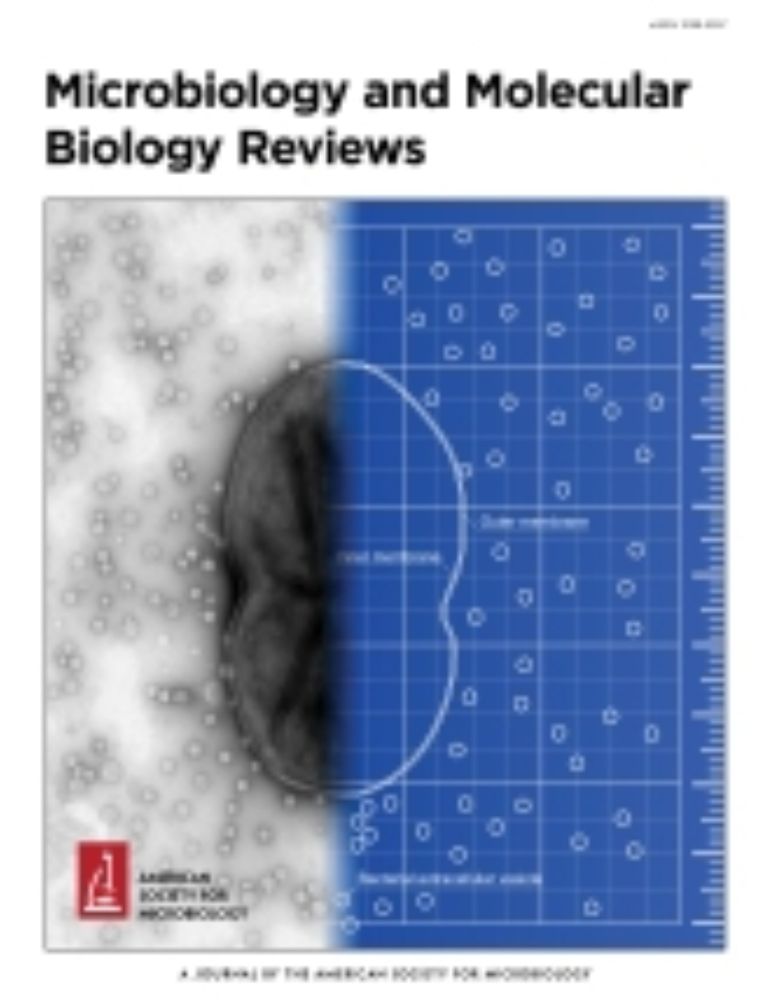
Resolving spatiotemporal dynamics in bacterial multicellular populations: approaches and challenges | Microbiology and Molecular Biology Reviews
SUMMARYThe development of multicellularity represents a key evolutionary transition that
is crucial for the emergence of complex life forms. Although multicellularity has
traditionally been studied in...
journals.asm.org
Reposted by Wolfgang Hess






